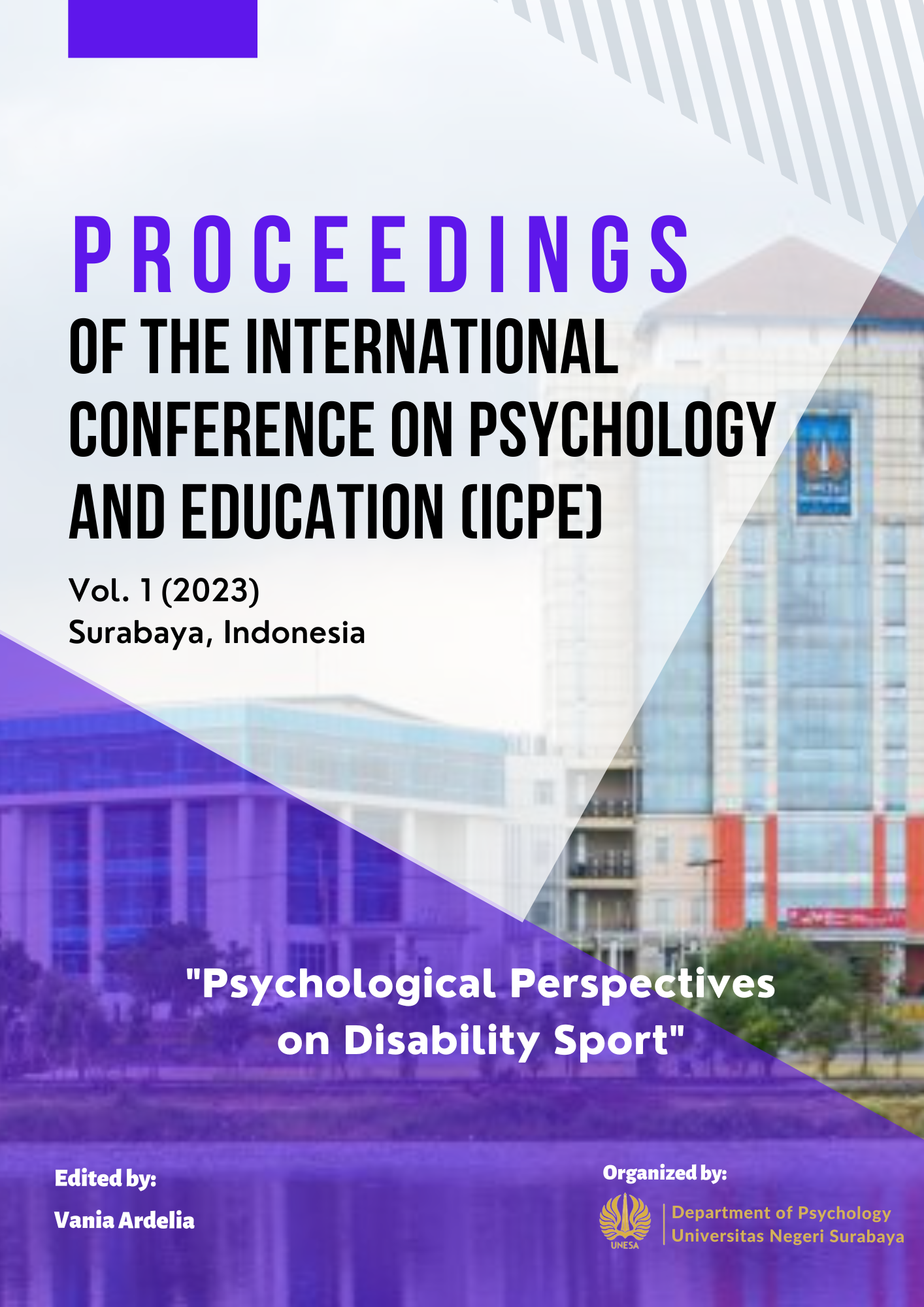Automatically Minded: A Research of Motor and Shared Intention
Keywords:
automatic, intention, motor-intention, we-intentionAbstract
A purposive account of action must draw to propositional attitude states like intentions, beliefs, and desires as well as to motor representations, i.e., non-propositional forms that denote, among other things, action outcomes as specified kinematic features of bodily motions. It raises the puzzle of how these two distinct types of states successfully coordinate, especially in the automatic movements cases. By using a semi-systematic literature methodology, we examine this interface matter. First, we expand on the nature of intention and its functionality. Second, we characterize motor representations in explaining intentional action and raising the complex of automatic motions. The differences in representational format challenge the interface of theory. We argue that though the low-level motor lacks cognitively penetrable, it processes such perceptual abilities regarding knowledge-involving based on sensitivity. The notion is quite interesting when it's attached to the social realm. Consider one who 'reflexively' helps her neighbor by bringing her piano; after seeing that the neighbor is struggling enough to get it downstairs. The case goes to the issue of collective intentionality as the power of minds to be jointly directed at objects, states of affairs, matters of fact, values, or goals. The question is, what is the explanatory relevance of we-intentions? Is that possible that I have an alternative intention to the 'we' while still satisfying the we-intention? Should the intentions of 'I' and 'you' be deducible from the intentions of 'we'? In the last discussion, we suggest 'meaning' beside the self-referential as a hint for the case of collective intentionality.
Downloads
Published
How to Cite
Issue
Section
License
Authors who publish in this journal agree to the following terms:
Copyright in any article is held by the author.
The author grants the journal, publication rights with the work simultaneously licensed under a Creative Commons Attribution License that allows others to share the work with an acknowledgment of the work's authorship and initial publication in this journal.
Authors may enter into separate, additional contractual arrangements for the non-exclusive distribution of the journal's published version of the work (e.g., posting it to an institutional repository or publishing it in a book), with an acknowledgment of its initial publication in this journal.
Authors are permitted and encouraged to post their work online (e.g., in an institutional repository or on their website) prior to and during the submission process, as this can lead to productive exchanges, as well as earlier and greater citation of published work.

